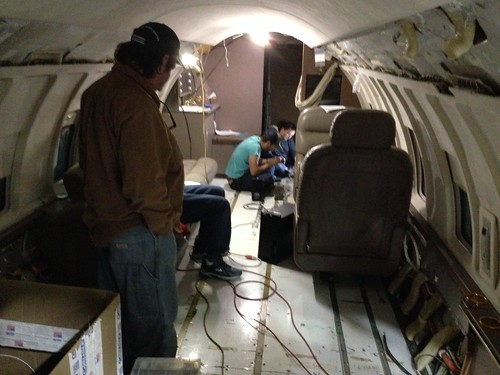All technology product development is fractally iterative, whether you want it to be or not. The agile development processes at least recognizes this. But agile, and its idea of a Minimum Viable Product (MVP), replaces the waterfall development process' requirements - which consumes a lot of thought, research, and consensus ahead of time - with a competent product manager and close proximity to the customer. My long professional experience working in both waterfall and agile processes suggests that this can work. Except when it doesn't.
This past spring I was the victim of a Minimum Viable Product strategy when I bought BMW Motorcycle's latest GPS device, the Connected Ride Navigator (CRN-1), for my 2024 BMW R1250GS Adventure ("The Horse With No Name"), my fourth BMW motorcycle. I spent about US$800 on the CRN-1, and it was a disaster. Prior BMW Motorrad navigators were built by Garmin, and to be fair, had their own hardware issues. But this one was a BMW product, reportedly with TomTom maps like those used in the in-dash navigation system in my 2016 Subaru WRX Limited ("The Batmobile"). The hardware seemed pretty solid, but it was as if the software had been designed and written by someone who had never used a navigator (BMW's or otherwise), and had never even ridden a motorcycle.
Besides having lots of professional experience writing code to use GPS devices and to use Open Street Maps, I had used an old Garmin standalone unit on many car trips, and my Subaru WRX has an in-dash TomTom. My basic navigation needs are simple. I want to know what road I'm on. I want to know what the next cross street is. I want to know what direction I'm going. Basic stuff like that. The CRN-1 couldn't do any of that. On a recent trip through northern New Mexico, the screen typically was all gray with a single green line - presumably indicating the road - on it; no labels, no other information - no speed, no direction, etc. And when there were labels, the font was so tiny as to be unreadable with my old eyes using my progressive spectacles.
Here's the MVP thing: since I bought the CRN-1, there have been two software updates, and with each one the device has gotten a little better. But after the New Mexico debacle I had already bought a Garmin Zūmo XT2 navigator, a motorcycle-specific model from BMW's now-competitor, for about US$500. Since I had to modify the navigator cradle on the motorcycle for the XT2, I am unlikely to ever go back.
Sure wish I hadn't spent the money on the CRN-1. You'd think I'd know better than to buy the first release of any tech product. After all, that's why I bought the R1250GS instead of its R1300GS replacement. I'm used to BMW's motorcycle products being well designed and overpriced; the new BMW navigator got one of those right. The MVP CRN-1 was too little and too late.
Update (2025-03-11)
After just short of a year with the eye-wateringly expensive BMW Connected Ride Navigator sitting on a shelf in the garage while the Garmin Zumo was mounted on the bike, I am prepared to give the CRN another shot. Although I haven't road tested it yet, this latest software update looks promising. I can actually read the labels on the streets as I walk around my semi-rural neighborhood between Denver and Golden Colorado.
But this experience - deeply personal with respect to my wallet - has not made me a fan of agile software development, a process I have worked in professionally (and kind of liked). Advocates of agile processes will note - probably correctly - that the mistake wasn't the process itself, but in BMW (or to whomever they contracted this out) not having the right definition for what constitutes a Minimum Viable Product. But, see: those same agile advocates will claim the process eliminates the need for requirements. But I say: the definition of the MVP are the requirements. Shipping a product many months before it was useable is a great - or maybe a terrible - example of casting your users as unpaid (in fact, just the opposite) beta testers.
For sure, I'm keeping the Garmin Zumo XT2 handy.











